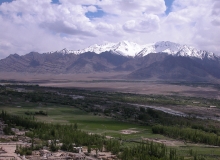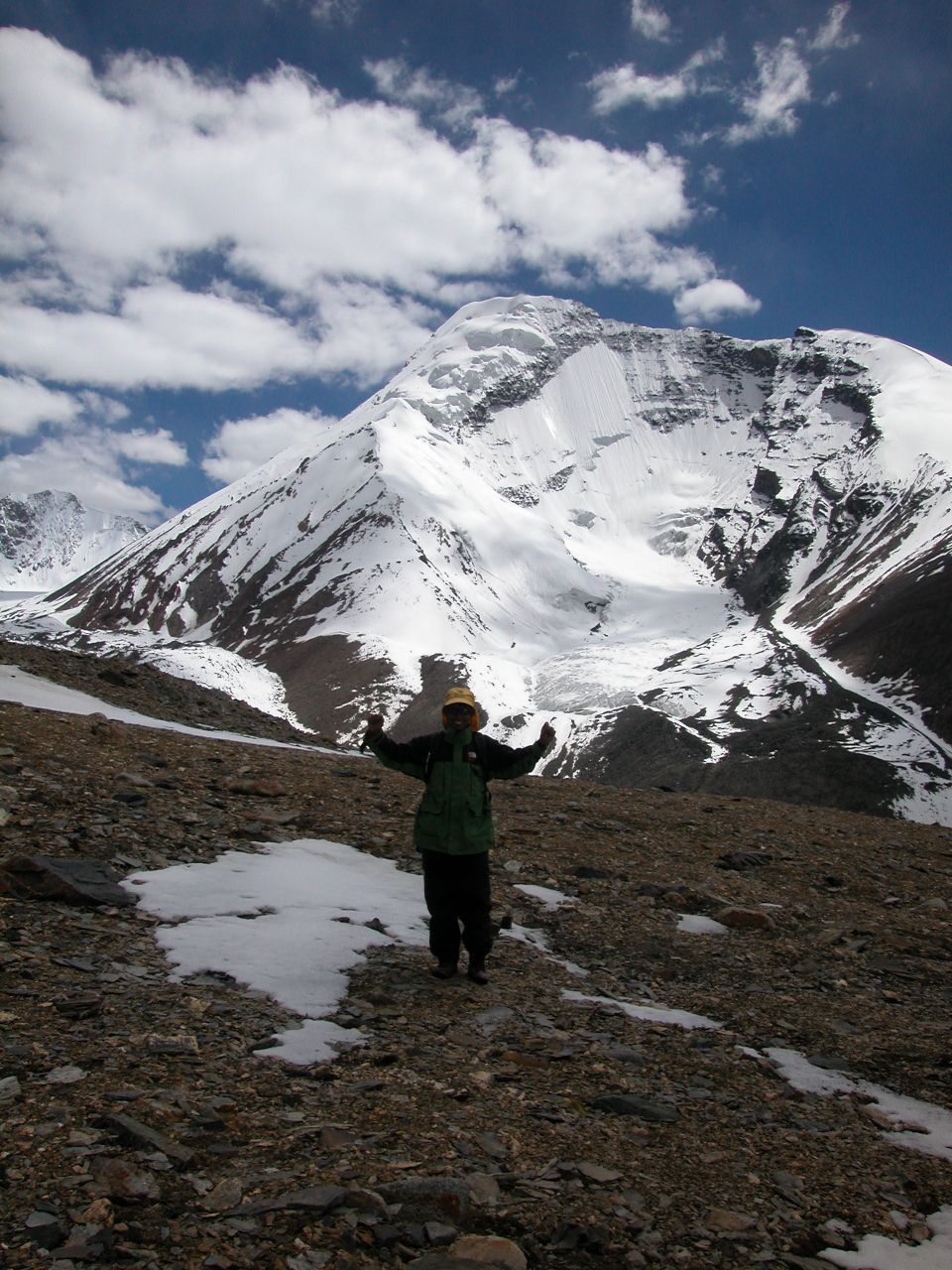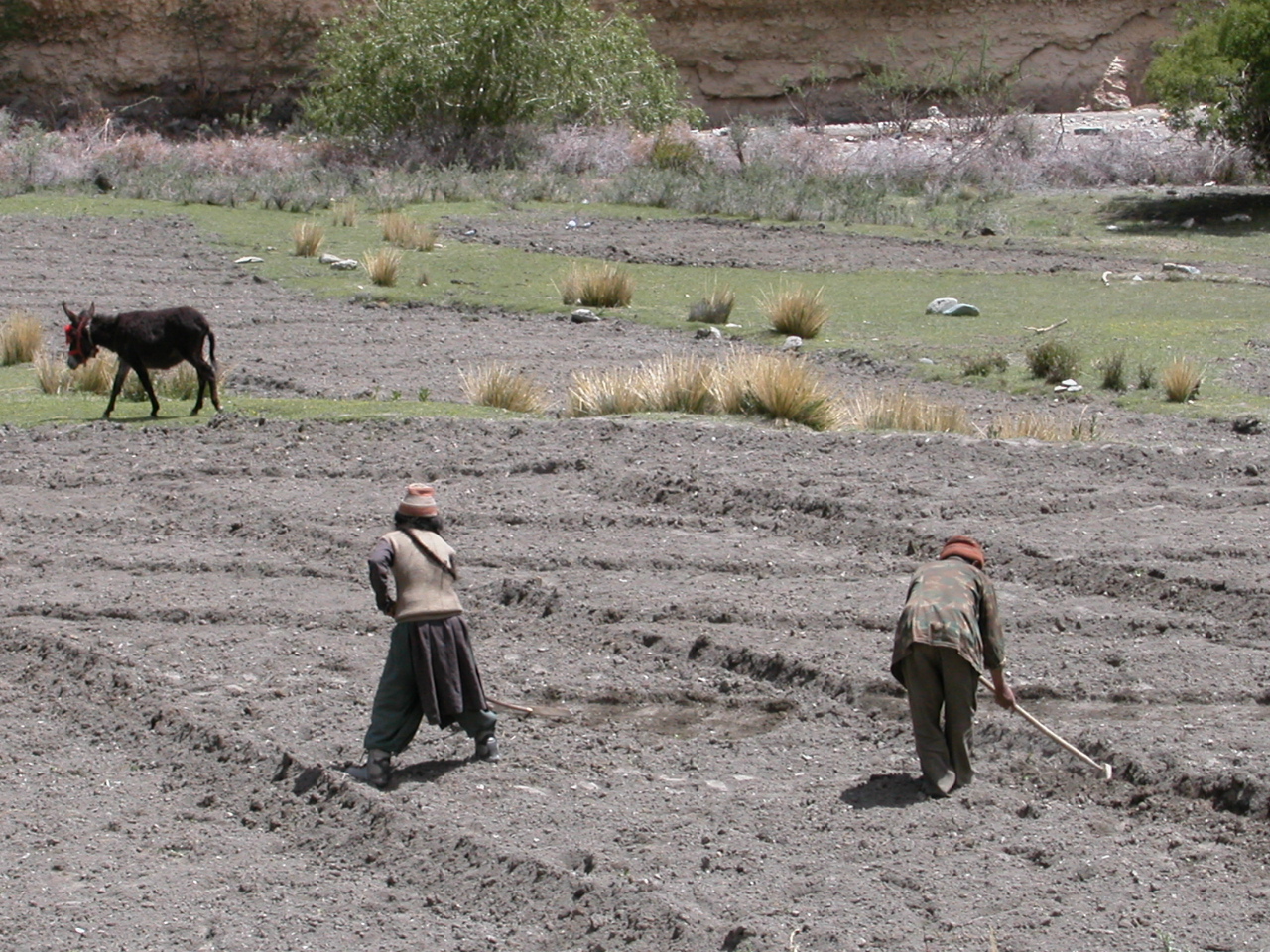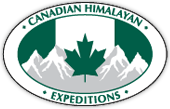Kashmir & Ladakh
Map
View India in a larger map
KASHMIR – Paradise on Earth
Although it has suff ered many troubles over the past decade, Kashmir, India’s most northern state, has been called an “oriental super-Switzerland” and a “Paradise on earth”. The political situation has stabilized recently and real peace negotiations are progressing between India and Pakistan. Tourists are beginning to come back in significant numbers, and we feel now is the perfect time to make our “Return to Kashmir”!
ered many troubles over the past decade, Kashmir, India’s most northern state, has been called an “oriental super-Switzerland” and a “Paradise on earth”. The political situation has stabilized recently and real peace negotiations are progressing between India and Pakistan. Tourists are beginning to come back in significant numbers, and we feel now is the perfect time to make our “Return to Kashmir”!
Bordering on Pakistan, Xinjiang and Tibet, Kashmir is cut off from the plains of India by three spectacular Himalayan ranges – the Pir Panjal, Karakoram, and Zanskar. The spectacular “vale of Kashmir”, site of Srinagar, the state’s capital, is a lush green valley at 5,000ft. that abounds with beautiful lakes, rivers, gardens, fruit orchards and is surrounded by mighty snow-capped Himalayan peaks. The natural beauty of the valley is enhanced by the charm and hospitality of its people, and the wonderful artistry of its craftsman who are world renowned for their carpet weaving, wood carving, and papier mache work. Some of the valley’s delights and surprises are:
 Bustling Srinagar, where caravans passed for thousands of years carrying goods from China to the Kingdoms of Persia and India, still has much of an Arabian Nights atmosphere. Narrow streets shrouded by awnings; clattering ox carts hauling charcoal and chicken coops; aromatic sweet and tea stalls; silversmiths, carpet sellers, wood carvers, leather craftsmen and hoards of tailors, each able to bargain the gold fillings out of your teeth! Srinagar, founded by Emporer Ashoka in the third century BC, has a largely Muslim population, with a small but strong Hindu minority, well known for its intellectual pursuits. Nehru, India’s first Prime Minister, was a Kashmiri Brahmin.
Bustling Srinagar, where caravans passed for thousands of years carrying goods from China to the Kingdoms of Persia and India, still has much of an Arabian Nights atmosphere. Narrow streets shrouded by awnings; clattering ox carts hauling charcoal and chicken coops; aromatic sweet and tea stalls; silversmiths, carpet sellers, wood carvers, leather craftsmen and hoards of tailors, each able to bargain the gold fillings out of your teeth! Srinagar, founded by Emporer Ashoka in the third century BC, has a largely Muslim population, with a small but strong Hindu minority, well known for its intellectual pursuits. Nehru, India’s first Prime Minister, was a Kashmiri Brahmin.
The Hari Parbat Fort, which crowns a high hill near Srinagar, has the aura of a medieval desert fort, and with good reason… some parts of it date back to the 1590’s, during the rule of Akbar the Great.
The enchanting Moghul Gardens, (some built by Shan Jahan, who constructed the Taj Mahal), are hundreds of years old and laid out in perfect geometric design, complete with fountains, teraces and pavillions. Even today they are beautifully kept with many rare specimens of flowers and plants.
Other interesting places near Srinagar are the lovely hill stations of Gulmarg, Sonamarg, and Pahalgam. These towns are all at altitudes of between 7,000 and 8,500 feet, and boast such things as “the highest golf course in the world” (good ol’ Brits!), a Himalayan ski resort, and views of spectacular peaks, including 26,815 foot Nanga Parbat.
LADAKH – “Little Tibet”:
Beyond the Kashmir valley, high on the Tibetan Plateau, lies mysterious, mountainous Ladakh. At an average altitude of 12,000 ft. and north of the Himalayas, it is one of the most isolated regions on earth and includes some of its most spectacular scenery. Astronauts have described Ladakh as looking much like the moon. It is a shattered barren land of giant jagged peaks and spectacular gorges, completely devoid of vegetation, except for brilliant patches of cultivated “oasis” greenery near mountain fed rivers.
Ladakh’s people are of Tibetan stock and closely follow the cultural patterns and Buddhist religious practices of the Tibetans. In fact, Ladakh is often said to be “more Tibetan than Tibet”, because, as it is part of India, it did not undergo the tumultuous changes of the “Cultural Revolution” that occurred in Chinese dominated Tibet. Some of the most important Gompas (monasteries) in the Tibetan religion are in Ladakh and most are kept in beautiful repair, complete with elaborately painted and decorated prayer chambers and vast libraries containing the accumulated knowledge of the Tibetan people in hand written manuscripts, some thousands of years old!
 Leh, the capital of Ladakh, was once a major stop on the historic Asian “Silk route” between Xinjiang, West Asia, and the plains of India. Situated at 11,000 feet in the hills of the Karkoram range, near the banks of the Indus River, Leh was visited by the Chinese traveler Fa Hein in 400 AD. It’s 16th century, seven storied Royal palace built into the rock face is architecturally similar to the Potala Palace of Lhasa, Tibet. Leh even has its own “Shangri-La Set” Buddhist Monastery growing out of a soaring hill, dating from the 1400’s. Ladakh has been open to the outside world since 1974 and offers the adventurous traveller an insight into the Tibetan way of life.
Leh, the capital of Ladakh, was once a major stop on the historic Asian “Silk route” between Xinjiang, West Asia, and the plains of India. Situated at 11,000 feet in the hills of the Karkoram range, near the banks of the Indus River, Leh was visited by the Chinese traveler Fa Hein in 400 AD. It’s 16th century, seven storied Royal palace built into the rock face is architecturally similar to the Potala Palace of Lhasa, Tibet. Leh even has its own “Shangri-La Set” Buddhist Monastery growing out of a soaring hill, dating from the 1400’s. Ladakh has been open to the outside world since 1974 and offers the adventurous traveller an insight into the Tibetan way of life.
Markha Valley Trek
The Markha Valley Trek is certainly one of the most varied and beautiful treks in the world. It ventures high into the Himalayas crossing two passes over 15,000 ft (4575m) as it circles from the edges of the Indus Valley, down into parts of Zanskar, and passes through terrain that changes from incredibly narrow valleys to wide-open vast expanses! It is made all the more interesting by the ancient form of Buddhism that flourishes in the many monasteries that dot the landscape perched high atop hills. The trails are decorated by elaborate “chortens”(shrines) and “mani”(prayer) walls which further exemplify the region’s total immersion in Buddhist culture. As we trek to the upper end of the Markha Valley we are rewarded with spectacular views of jagged snow capped peaks before crossing the 16,500 ft (5000m) Gongmaru Pass and descending to the famous Hemis Monastery, where we end our trek. There are also a few days to explore the fascinating town of Leh and raft the Indus River.
Detailed Itinerary
1
2
3
4
5
6
7
8
9
10
11
12
13
14
15
16
17
18
19
20
21
22
Synopsis
Trip Grading:

Length: 22 days from New Delhi
Max. Altitude: 16,500ft / 5015m
Begins/Ends in New Delhi.
Land Cost: $3395
International Airfare: Apx. $1850 from North America including all flight sectors.
Jun 04 – Jun 26 ’16
Jul 02 – Jul 24 ’16
Jul 30 – Aug 21 ’16
Jun 03 – Jun 25 ’17
Jul 01 – Jul 23 ’17
Jul 29 – Aug 20 ’17
Single suppliment: $295
Cost includes: As indicated in itinerary, hotel accommodation in Delhi, Agra, Leh, Kargil, and houseboat accommodation in Srinagar, transfers for group flights, explorations around Leh in a jeep, transportation to starting point and from ending point of trek, all tents, mattresses, food, cooks, donkeys/horses, porters, and experienced guide for the 9-day trek, transportation to Srinagar, and shikara sightseeing around Srinagar.
You can also contact Canadian Himalayan Expeditions directly for more information.
Synopsis
Trip Grading:

Length: 22 days from New Delhi
Max. Altitude: 16,500ft / 5015m
Begins/Ends in New Delhi.
Land Cost: $3395
International Airfare: Apx. $1850 from North America including all flight sectors.
Jun 04 – Jun 26 ’16
Jul 02 – Jul 24 ’16
Jul 30 – Aug 21 ’16
Jun 03 – Jun 25 ’17
Jul 01 – Jul 23 ’17
Jul 29 – Aug 20 ’17
Single suppliment: $295
Cost includes: As indicated in itinerary, hotel accommodation in Delhi, Agra, Leh, Kargil, and houseboat accommodation in Srinagar, transfers for group flights, explorations around Leh in a jeep, transportation to starting point and from ending point of trek, all tents, mattresses, food, cooks, donkeys/horses, porters, and experienced guide for the 9-day trek, transportation to Srinagar, and shikara sightseeing around Srinagar.
You can also contact Canadian Himalayan Expeditions directly for more information.





